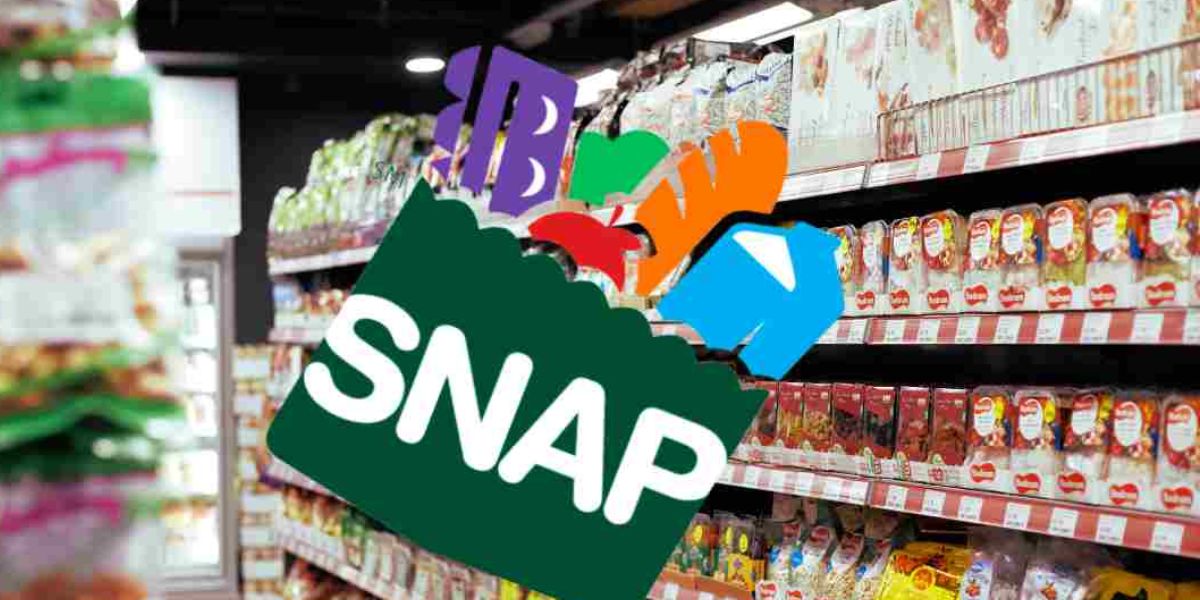A new initiative designed to enhance the benefits provided to Supplemental Nutrition Assistance Program (SNAP) recipients has been launched in two states, offering additional monthly incentives of up to $60. This program, supported by the U.S. Department of Agriculture (USDA), represents an innovative approach to encouraging healthier eating habits among low-income households by providing financial rewards for purchasing fruits and vegetables.
The USDA has allocated $25 million in funding to support states in piloting the Electronic Healthy Incentives Projects (eHIP). This initiative aims to increase the purchasing power of SNAP recipients specifically when they buy fruits and vegetables at participating retailers. The program is intended to promote healthier diets by making it more affordable for SNAP participants to include these essential food groups in their shopping.
SNAP provides financial support to low-income individuals and families across the United States, including Washington, D.C., and U.S. territories. Benefits are distributed monthly via Electronic Benefit Transfer (EBT) cards, which can be used to purchase eligible food items at participating retailers.
States benefiting from the SNAP expansion
Colorado is the second state to begin using USDA grant funding to implement the eHIP initiative. Washington state was the first to roll out the program, with Louisiana scheduled to follow.
In Colorado, SNAP recipients can receive up to $20 per transaction in reimbursements, with a maximum of $60 per month. According to the USDA, this project is designed to “make it easier for SNAP households to access the healthy foods necessary for lifelong health and well-being.” The same guidelines apply in Washington, where the program was introduced in June 2023.
According to data from KFF Health, the average monthly SNAP benefit in Colorado is $214. With the additional incentives offered through the eHIP, recipients who fully utilize the reimbursement could see their benefits increase to $274 per month, representing a 28% boost in their monthly food budget.
The eHIP initiative in Colorado is being introduced across a range of participating retailers and farmers’ markets. Beneficiaries do not need to take any additional steps to enroll in the program; they simply need to shop at one of the approved locations and purchase eligible fruits and vegetables. The reimbursement will be automatically credited to their EBT card.
Most of the participating retailers in Colorado are market stalls and farm stands, which may not operate daily. However, these outlets are spread across major population centers in the state, including Denver, Colorado Springs, and Fort Collins. Eligible food items include all fresh fruits and vegetables, as well as frozen varieties, provided they do not contain added salt, sugar, or fat. At farmers’ markets, participants can also earn bonuses for purchasing dried fruits, vegetables, and beans, as long as these items meet the same criteria of having no added salt, sugar, or fat.
One notable aspect of the eHIP is that the bonus funds do not have to be spent exclusively on fruits and vegetables. The additional benefits can be used to purchase other groceries at any retailer that accepts SNAP benefits, providing recipients with increased flexibility in their food choices.
In addition to this incentive program, SNAP recipients can anticipate a slight increase in their maximum benefits later in the year. The USDA has announced a cost-of-living adjustment (COLA) that will take effect in October, raising SNAP benefits in all U.S. states and territories except Hawaii. This adjustment is part of the USDA’s ongoing efforts to ensure that SNAP benefits remain aligned with inflation and the rising cost of living.
This initiative reflects a broader effort to improve public health by making nutritious food more accessible to low-income families. By incentivizing the purchase of fruits and vegetables, the USDA aims to encourage healthier eating habits, potentially reducing the long-term healthcare costs associated with poor nutrition. As the program expands to other states, it may serve as a model for future SNAP enhancements aimed at promoting better health outcomes for recipients.







